Yakisoba recipe - the secret is in the sauce
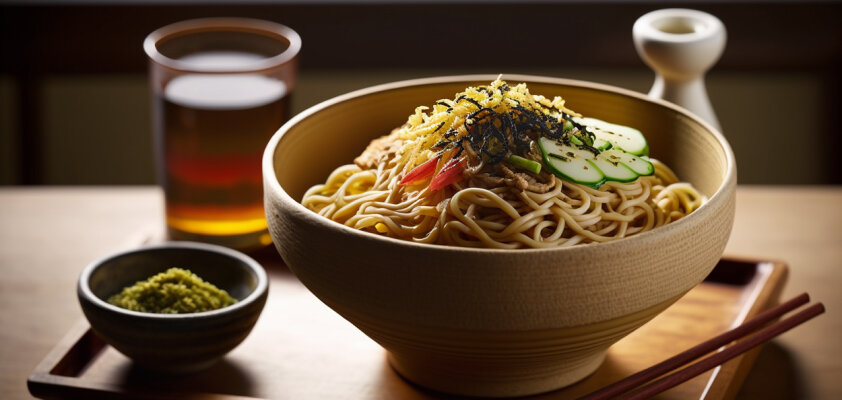
Soba, a dish not often associated with Japanese cuisine like rice or sushi. Nevertheless, buckwheat noodles with vegetables or meat are simply a part of it—whether in broth or stir-fried in a delicious sauce. The latter is called Yakisoba. But how does it actually taste?

Super food: buckwheat
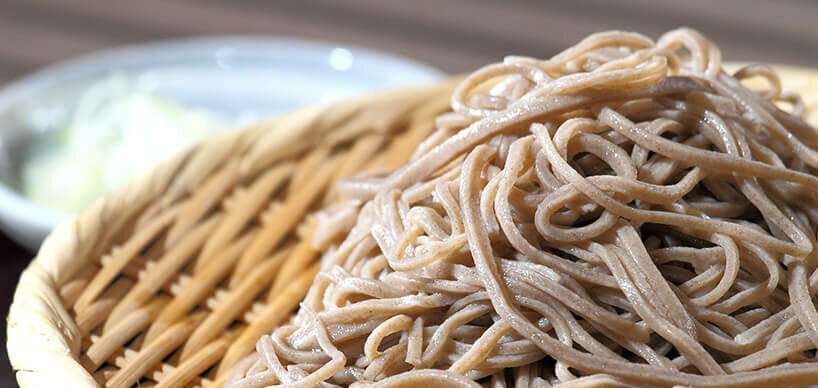
Wheat, which is not actually wheat, is commonly and abundantly consumed in Eastern European cuisine. It actually belongs to the knotweed family. The fact that buckwheat, also known as Heidenkorn, is not yet widespread in our region is surprising: it has the potential to be a superfood. In terms of fat, fiber, and protein, it is comparable to wheat but offers significantly more vitamins: Vitamin A, E, K, beta-carotene, and folic acid are essential components of this "grain." Additionally, it provides calcium, magnesium, amino acids, and iron. Antioxidants contribute to heart health, and this ingredient can even help make blood vessels more elastic. Moreover, the majority of the small grains can be absorbed by the body, making them a valuable food.
But how do you use it exactly? Buckwheat can be cooked in salted water like pasta and used as a satisfying side dish. Since it has no pronounced flavor on its own, it pairs wonderfully with any type of sauce, vegetables, and meat. Boiled in milk and perhaps sweetened with sugar, it becomes a healthy alternative to porridge or rice pudding. Buckwheat flour has long been a gluten-free option, making any baked goods, pancakes, or patties wholesome, digestible, and interesting. From this pseudo-cereal, you can also brew delicious tea: a drink made from roasted buckwheat grains is called Soba-cha.
The Birth of Soba in Japan
How did the idea of cooking noodles from buckwheat arise? Although it is not biologically related to wheat, the two share many nutritional similarities. Therefore, they mix well as flour and can be shaped into delicious noodles with water – Soba. These noodles originally come from China, where they have been eaten for 10,000 years. In Japan, buckwheat has only been cultivated since the 8th century. As is often the case there, they have created their own distinctive specialties from it.
You can get buckwheat Soba noodles at every corner in Japan today. The most popular fast food there is a broth with noodles, available in various variations: with spinach or pork, fried tofu and green onions on top, or with dried seaweed and raw egg. There are different types of noodles to choose from: customers can decide between Ramen noodles, Udon – thicker wheat noodles – or Soba. With Tempura, it is often enjoyed cold, and cold breakfast Soba, served with rice, is also common. Yakisoba, on the other hand, is a story of its own...
Fried Noodles with a Twist
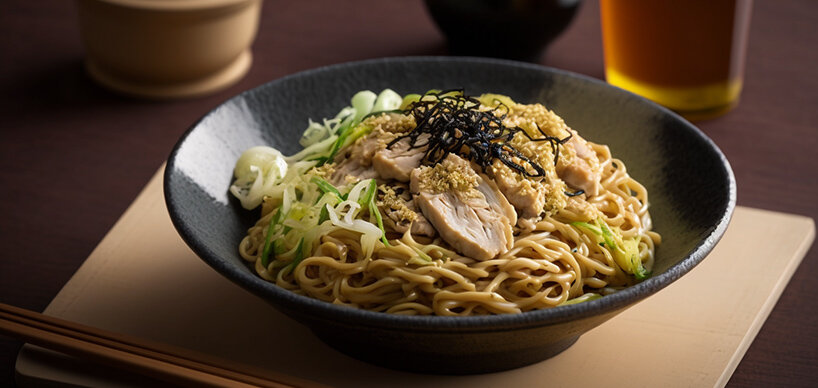
When we think of Chinese cuisine, fried noodles immediately come to mind. However, you can also find them in Japanese cuisine – but they taste completely different. "Fried" is called Yaki in Japanese, and every popular street food dish contains this word. This includes Yaki-Soba, which translates to "fried buckwheat noodles."
Although it has Soba noodles in its name, the noodles in Yakisoba often aren't actually Soba noodles: They are frequently prepared with ordinary wheat and egg Ramen noodles, Chukamen, or Chuka, instead of Soba. These noodles are also cheaper and are often available on the street for a low price.
This dish, prepared in a large pan, often contains vegetables such as cabbage, ginger, carrots, and green onions, as well as pork, beef, or chicken. You can order this popular main course in restaurants in Japan, get it in a bowl to go at any festival, or buy it as a ready-made meal at a convenience store. Yakisoba is undoubtedly a healthy ingredient for Bento. In Japan, there is also the popular Yakisoba Pan, which is nothing more than Yakisoba in a hotdog bun, garnished with mayonnaise and pickled ginger. Unusual and pure carbohydrates, but worth a try!
In the post-World War II era, Japan relied on food aid from the United States and consumed many canned dishes. Yakisoba noodles were also simply prepared with canned meat and are still particularly widespread on the island of Okinawa today. Without a doubt, this Japanese dish is not only popular because it tastes good to almost everyone but also because it can be quickly prepared for large quantities and as street food, making it easy to eat. What makes Yakisoba so special, however, is the characteristic sauce.
What does yakisoba sauce taste like?
For Yakisoba sauce, you don't need any secret ingredients: It mainly consists of Worcestershire sauce based on anchovies, oyster sauce, along with tomato, soy sauce, and sugar. In Japan and Asian stores, Otafuku is known for Yakisoba sauce. This brand's sauce contains a variety of fruits and vegetables, Worcestershire sauce, vinegar, various types of syrup and sugar, soy sauce and protein, starch, salt, oyster and yeast extract, seaweed, as well as color and preservatives. But there is also a variant from Kikkoman. To taste how this mix is, it's best to try it yourself.
However, for those who don't want to search or prefer to use natural ingredients, you can easily and quickly make the sauce yourself. For a Yakisoba sauce for two servings, simply mix the following ingredients:
 2 portionsNo. of persons
2 portionsNo. of persons
 ca. 15 minutesTotal Time
ca. 15 minutesTotal Time
 easyLevel of difficulty
easyLevel of difficulty
 sauceDish
sauceDish
 ca. 50kcal per portionCalories
ca. 50kcal per portionCalories
 Vegetarian
Vegetarian
 Gluten-free
Gluten-free
 Alcohol
Alcohol
 Kitchenware
Kitchenware
|
1 1/2 tbsp
Worcestershire sauce
|
|
1 tbsp
tonkatsu sauce (can also be replaced with Worcestershire sauce)
|
|
1 tbsp
soy sauce
|
|
1 tbsp
sake
|
|
1 tbsp
mirin (sweet sake)
|
|
1 tbsp
oyster sauce
|
|
1 tbsp
ketchup or tomato sauce
|
|
1 tsp
crystallized or raw cane sugar
|
|
a little salt and pepper
|
|
1/2 tsp
grated ginger to taste
|

If you want to try a vegan alternative, we recommend the following recipe:
|
2 tbsp
soy sauce
|
|
2 tbsp
rice or apple cider vinegar
|
|
1 tbsp
mirin
|
|
1 tbsp
chili paste or tomato sauce
|
|
1 tbsp
raw cane sugar or agave syrup
|
|
2 tsp
sesame oil
|
|
1 tsp
grated ginger
|
|
pepper, garlic and onion to taste
|
Once cooked, the Yakisoba sauce goes well not only with buckwheat noodles but also with meat, seafood, and even omelettes. Other Japanese dishes like Takoyaki and Okonomiyaki are also commonly paired with it. Now, let's move on to the main ingredient of Yakisoba: the noodles.
Noodles Are Not All the Same
If you prefer wheat noodles, you can buy thin Chinese ramen noodles for Yakisoba. You can find them at Asian stores or in the international sections of many supermarkets. They are often pre-cooked and very easy to prepare. However, they do not offer the health benefits of Soba buckwheat noodles - nor their distinctive taste.
Soba noodles can also be found in Asian stores, health food stores, or well-stocked supermarkets. Unlike many other things, more expensive Soba is often better Soba. This is because it usually contains a higher proportion of healthy buckwheat. Inexpensive Soba, also served in fast-food restaurants, consists largely of ordinary wheat, so the health benefits are lost. Not only by the price but also by the color, you can recognize the quality of the noodles: The more buckwheat it contains, the darker the Soba.
However, be cautious: Unlike whole grain noodles, Soba noodles raise blood sugar more quickly. Nevertheless, compared to white noodles, they have less sugar in the form of simple carbohydrates. Provided you don't go for instant Yakisoba, which is loaded with calories, preservatives, and flavor enhancers and offers few vitamins. The healthiest option is to prepare the fried Japanese buckwheat noodles at home. It's fun, quick, and you can adjust them to your taste while knowing the origin of each ingredient in the recipe.
Yakisoba: Perfect for making yourself
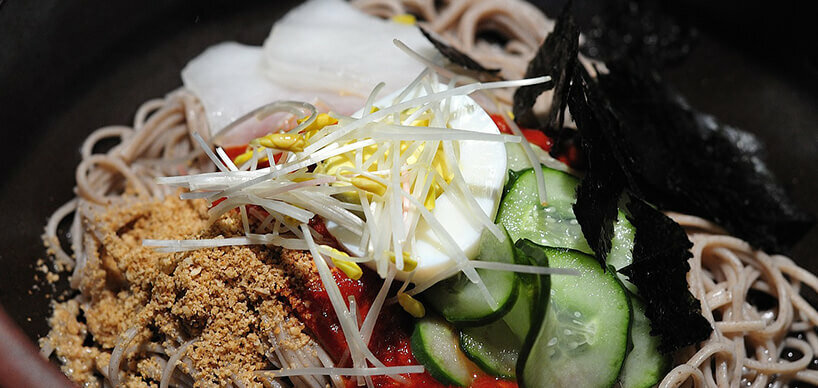
Every region in Japan has its own recipes for Yakisoba. Whether corn, seaweed, beans, fish, or shrimp, mayonnaise, or egg should be included depends on the cook. Gomoku Yakisoba – "Yakisoba with five toppings" – for example, consists of exactly that number of ingredients, as the number five is considered lucky in Japan. Crispy Yakisoba under a sauce and various toppings is called Katayakisoba. In Fujinomiya at the foot of the sacred mountain, the noodles are fried in animal fat left over from meat preparation. They are also thicker there and served with dried bonito fish flakes (Katsuoboshi) and other seafood.
Yakisoba Recipe
 2 personsNo. of persons
2 personsNo. of persons
 ca. 45 minutesTotal Time
ca. 45 minutesTotal Time
 easyLevel of difficulty
easyLevel of difficulty
 main mealDish
main mealDish
 ca. 800kcal per portionCalories
ca. 800kcal per portionCalories
 Meat
Meat
 Alcohol
Alcohol
 Kitchenware
Kitchenware
|
300g
soba or ramen noodles
|
|
200g
chicken breast, pork belly or tofu
|
|
2 tbsp
oil
|
|
1/2
cabbage head
|
|
2
spring onions or one onion
|
|
2
carrots
|
|
100g
Yakisoba sauce (commercially available or homemade as described above)
|
|
optional toppings: pickled ginger, fish flakes, nori seaweed, boiled egg, mayonnaise, roasted sesame seeds...
|
|
To taste: bean sprouts, garlic, green beans, peppers, spinach, broccoli...
|


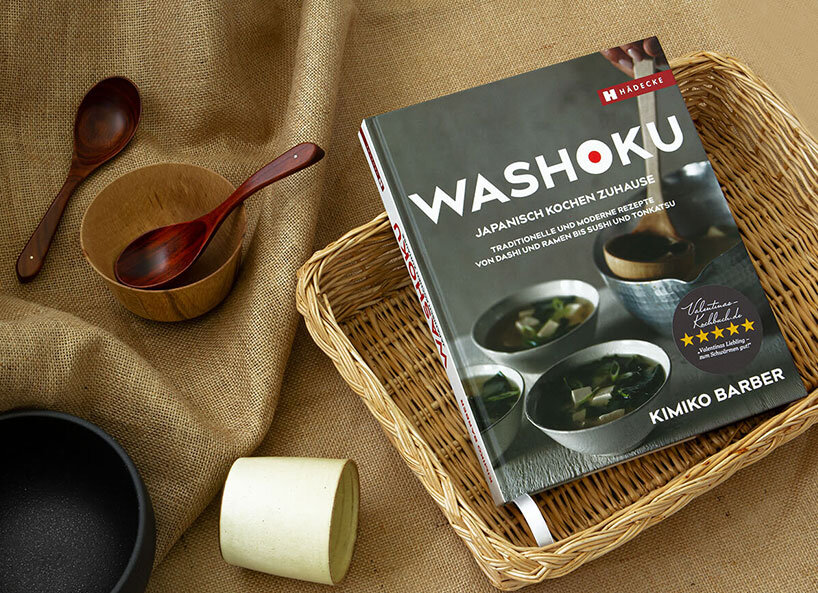
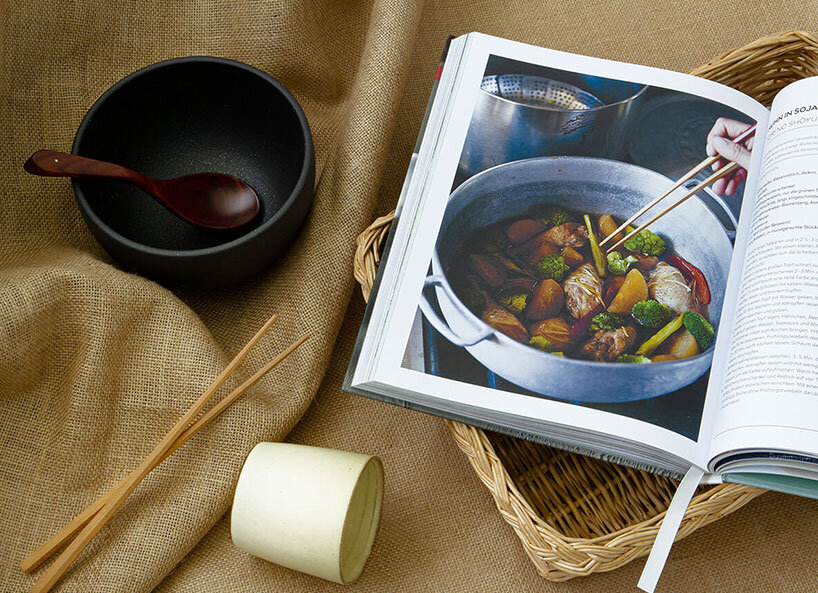
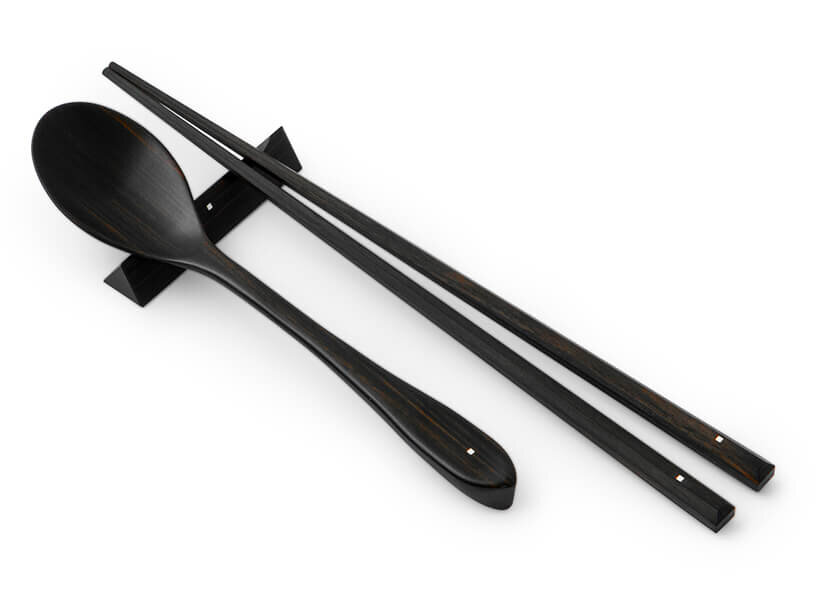
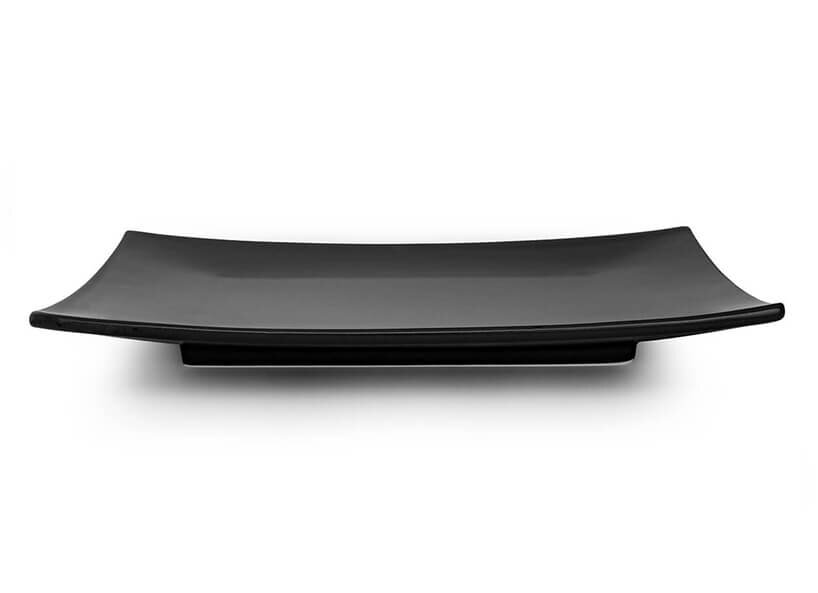
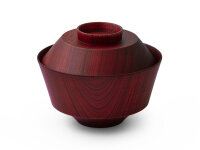
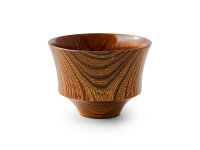
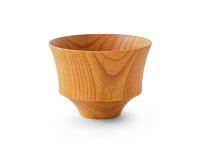
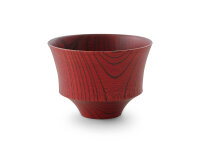
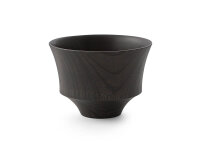
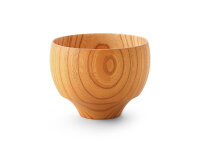
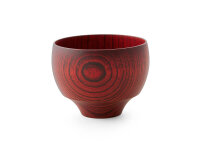
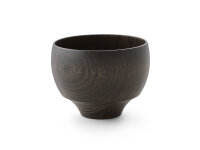
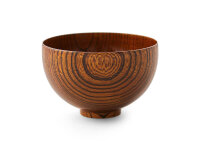
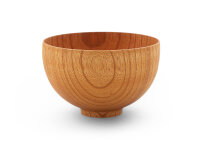
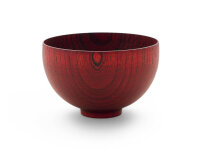
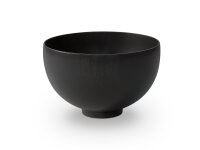










-from-the-yakiyaki-grill-pan.jpg)




